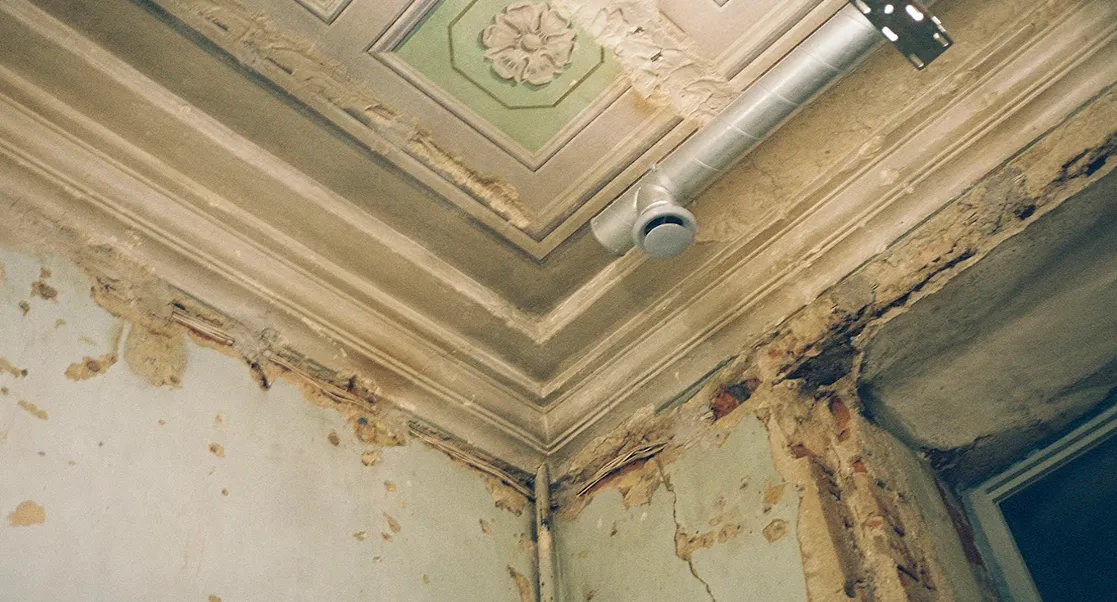Mold

What is Mold?
Molds are the most typical form fungus on earth and can be found both indoors and outdoors. Molds are made up of masses of filament-like cells called hyphae. No one knows how many species of fungi exist but estimates range from tens of thousands to perhaps three hundred thousand or more. Outdoors, molds play an important role in nature by breaking down organic matte such as toppled trees, fallen leaves, and dead animals. Also, we would not have food and medicines, like cheese and penicillin, without mold. Molds can be found almost anywhere; they can grow on virtually any substance, providing moisture or water, oxygen, and an organic source are present. There are molds that can grow on wood, paper, carpet, and foods. Sometimes, new molds grow on old mold colonies.
All molds share the characteristic of being able to grow without sunlight. Molds grow best in warm, damp, and humid conditions, and spread and reproduce by releasing millions of tiny spores (viable seeds). Mold spores, which usually cannot be seen without magnification, waft through the indoor and outdoor air continually. The spores can survive harsh environmental conditions such as dry conditions, for many years, requiring only moisture and a food source to allow them to germinate. Some specific species of mold produce mycotoxins under certain environmental conditions. Journalists have used the term "toxic mold." This term, as used in the press, generally refers to molds capable of producing mycotoxins. Stachybotrys is one mold known to produce mycotoxins. Potential health effects from mycotoxins are the subject of ongoing scientific research.
All molds share the characteristic of being able to grow without sunlight. Molds grow best in warm, damp, and humid conditions, and spread and reproduce by releasing millions of tiny spores (viable seeds). Mold spores, which usually cannot be seen without magnification, waft through the indoor and outdoor air continually. The spores can survive harsh environmental conditions such as dry conditions, for many years, requiring only moisture and a food source to allow them to germinate. Some specific species of mold produce mycotoxins under certain environmental conditions. Journalists have used the term "toxic mold." This term, as used in the press, generally refers to molds capable of producing mycotoxins. Stachybotrys is one mold known to produce mycotoxins. Potential health effects from mycotoxins are the subject of ongoing scientific research.
Concern about indoor exposure to mold has increased along with public awareness that exposure to mold can cause a variety of health effects and symptoms. Potential health concerns are important reasons to prevent mold growth and to address existing problem areas.
For more detailed information about the health effects of mold, consult a health professional or your state or local health department.
In summary, mold growth in the indoor environment should be considered unacceptable from the perspectives of potential adverse health effects and building performance.
For more detailed information about the health effects of mold, consult a health professional or your state or local health department.
In summary, mold growth in the indoor environment should be considered unacceptable from the perspectives of potential adverse health effects and building performance.
If your home or business has experienced water intrusion or if you have mold, it is important to evaluate your Indoor Environmental Quality to avoid potential short-term and long-term health issues and possible structural issues.
